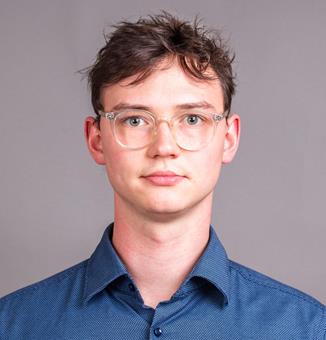Organic semiconductors
Organic semiconductors have great potential in low-cost and large-area device applications, benefiting from cheap manufacturing processes such as solution-based roll-to-roll printing.
All device applications previously dominated by inorganic semiconductors have presented opportunities for their organic counterparts. Such applications include solar cells, LEDs, field-effect transistors, lasers, and memory devices.
Metal halide perovskites
Metal halide perovskites have emerged as one of the most popular semiconducting materials since 2009. They have shown unique properties, including:
• Tunable bandgap
• High absorption coefficient
• Broad absorption spectrum
• High charge carrier mobility
• Long charge diffusion lengths
These properties enable metal halide perovskites to be used in a broad range of photovoltaics and other optoelectronic applications.
Lead free perovskites /Lead free metal halides
The state-of-the-art halide perovskites used for high-performance optoelectronic devices contain toxic lead (Pb). It is therefore attractive to develop lead free perovskites or perovskite alike materials with as good properties as the lead containing counterparts. These new materials provide a rich library to investigate fundamental optoelectronic properties and bring about new possibilities to explore the spintronic properties (e.g. when magnetic ions are involved).





































